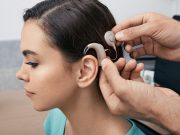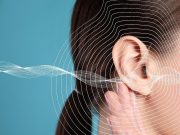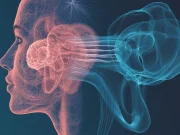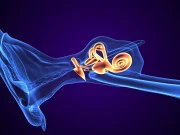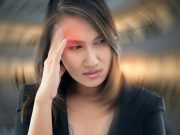Tag: Meniere’s Disease
Vestibular Symptoms Stable, Improve for Most With Meniere Undergoing Cochlear Implant
28.2 percent of patients had symptom improvement and 64.1 percent had stable symptoms
Video Head Impulse Test, Caloric Test Can Differentiate Meniere Disease, Vestibular Migraine
vHIT had PPV of 81 percent, NPV of 36 percent for distinguishing MD from vestibular migraine
GERD May Be Linked to Ear Disorders, Including Tinnitus, Meniere Disease
GERD may increase risk for tinnitus, Meniere disease, vestibular dysfunction, and sensorineural hearing loss
Optical Coherence Tomography Feasible for Imaging Inner Ear
Increased endolymph-to-perilymph ratios seen with imaging correlated with the degree of hearing loss
Diagnostic Model Based on Delayed Post-Gadolinium Enhancement MRI Accurate for Meniere Disease
Model demonstrated strong diagnostic performance, outperforming clinical diagnostic model in validation cohort
Hydrops MRI Accurately Differentiates Meniere Disease, Vestibular Migraine
Combination of cochlear endolymphatic hydrops and vestibular endolymphatic hydrops achieves 100 percent diagnostic accuracy
Endolymphatic Sac Decompression Effective for Vertigo, Migraine
Postoperative relief of vertigo and migraine seen for Meniere disease patients with migraine
Occupational Exposures Tied to Higher Risk for Vertigo
Risk increased with exposure to noise and vibrations
Recording of Nystagmus During Vertigo in Meniere Disease May Offer Therapeutic Aid
Direction of nystagmus during vertigo in Meniere disease mainly horizontal but can change
Triple Semicircular Canal Plugging Effective for Vertigo Control in Meniere Disease
TSCP yielded rate of hearing loss of 22 percent in Meniere disease, with no impact of disease duration or follow-up time


